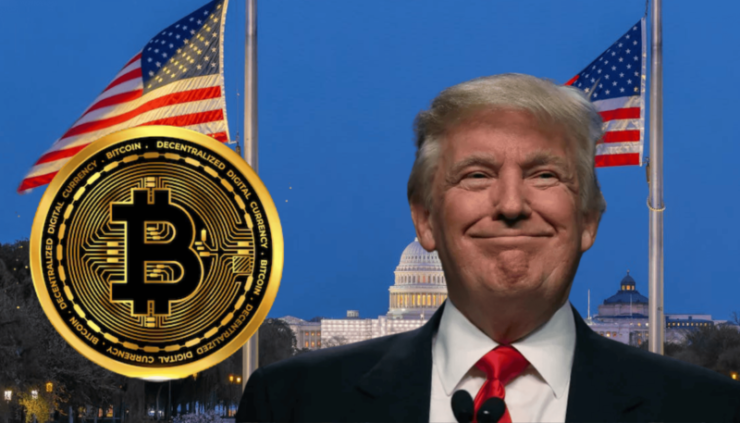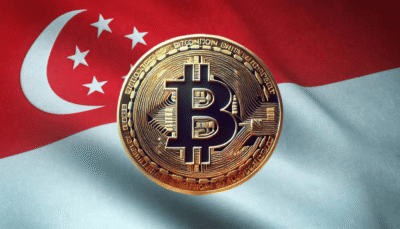In a major announcement on Thursday, 20th March 2025, at the ongoing Digital Asset Summit in New York, U.S. President Donald Trump declared the official end of Operation Choke point 2.0, one of the most debilitating government actions that profoundly affected the growth of the crypto sector during the last Biden led administration.
Speaking directly to the summit attendees via a live video stream, Trump took aim at previous regulatory frameworks that, according to him, stifled the growth of the crypto sector. He emphasized that his administration is taking steps to dismantle what he described as an aggressive campaign against digital assets.
“We’re ending the last administration’s regulatory war on crypto and Bitcoin, and that includes stopping the lawless Operation Choke point 2.0,” Trump stated.
He further criticized the nature of Operation Chokepoint, framing it as an abuse of power:
“Operation Choke point went beyond regulation, and I mean far beyond. It was a form of lawfare through government weaponization. Frankly, it was a disgrace.”
Trump concluded with a decisive statement, confirming that as of January 20, 2025, the policy is officially over.
What Was Operation Choke point 2.0?
Operation Choke point 2.0 refers to the unofficial continuation of the original Operation Choke Point, a controversial initiative launched in 2013 by U.S. federal agencies. Initially, the program aimed to curb fraud by cutting off access to banking services for certain high-risk industries.
However, it quickly faced backlash for allegedly pressuring banks to sever ties with lawful businesses, including crypto firms, firearm dealers, and payday lenders, without due process.
In recent years, crypto advocates argued that a similar strategy—dubbed Operation Choke point 2.0—had resurfaced, subtly discouraging banks and financial institutions from engaging with digital asset companies. Critics claimed this covert campaign limited banking access for crypto startups and undermined innovation within the sector.
The controversy surrounding Operation Choke Point 2.0 resurfaced in November 2024, when venture capitalist Marc Andreessen claimed on The Joe Rogan Experience that over 30 tech founders—many in crypto—had their bank accounts abruptly closed during Biden’s presidency.
In January, House Oversight Committee Chair Rep. James Comer (R-KY) launched a formal investigation into whether U.S. regulators actively sought to blacklist crypto companies from financial services. Documents obtained by Coinbase allegedly reveal that the FDIC issued guidance to banks discouraging exposure to digital asset firms, raising concerns about potential government-led suppression of the crypto sector.
Trump’s announcement appears to signal a hard stop to such tactics, aligning with his administration’s broader pro-crypto stance.
Industry Implications and Global Trends
Trump’s remarks are likely to bolster confidence within the U.S. crypto industry, particularly for exchanges, DeFi platforms, and fintech firms that have long grappled with regulatory uncertainty and banking limitations.
The policy shift may also incentivize more traditional financial institutions to re-engage with digital asset firms, fostering further integration of crypto into mainstream finance.
Globally, the move aligns with a broader trend of countries reassessing their regulatory frameworks to accommodate crypto innovation. As jurisdictions like Hong Kong, the UAE, and parts of Europe adopt friendlier crypto policies, the U.S.’s clear stance could help maintain its competitive edge in the rapidly evolving digital economy.
Quick Facts:
- President Trump officially declared an end to Operation Choke point 2.0 during his speech at the Digital Asset Summit in New York.
- Trump criticized the policy, labeling it as lawfare and government weaponization against crypto.
- Operation Choke point originally aimed to curb fraud but was accused of unfairly targeting lawful industries like the crypto industry.
- The policy shift is expected to improve banking access and regulatory clarity for U.S. crypto firms.





